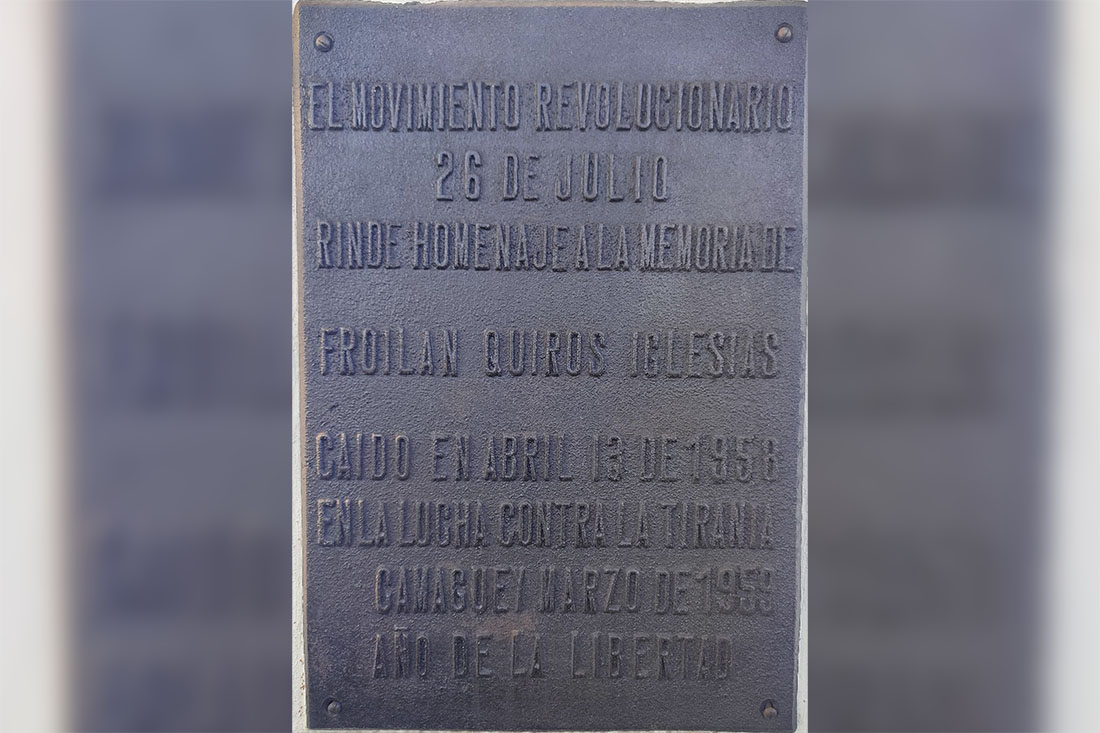The strike of April 9th in Camagüey constitutes a historical fact that deserves further study to date. The failure of the same for dissimilar reasons led inexorably to an unlimited repression of the Batista dictatorship and the death of valuable combatants who participated in clandestine revolutionary actions after the incident.
That day, at 11:00 a.m., the notes of the Invading Anthem together with the slogans that exhorted support for the Revolutionary Strike on Radio Camagüey were the triggers for workers from the transport, commerce, railway, banks, sugar sector and port, as well as other workers, began the strike.
Urban transport remained semi-paralyzed, offices and shops remained closed, the workers of the Agrícola Industrial Bank, the Polar Beer warehouse, the International Harvester workshops, the railways, the Freight and Ticket workers and repair shops, as well as those of Cia. Ancerá, S.A., and those of the radio station Radio Camagüey and Radio Legendario joined the strike.
On the other hand, among the actions of the M-26-7 movement, the assault on the Camagüey Power Plant, under the direction of Tony Huerta, stands out, which, although it did not have the expected success, demonstrated the recklessness of the young people. It is significant that the people of Camagüey decide to extend the strike until the next day, requesting weapons. The main city and Minas were the preponderant places.
Batista’s repression was not long in coming, for several days the police forces increased the arrests and murdered several revolutionaries, among them Froilán Oliveras Quirós Iglesias who, together with other comrades in struggle, tried to disable an urban bus in “El Jardín” neighborhood. .
The revolutionary came from a humble farmer family. From an early age he drops out of primary school and starts working to help his older brothers who had taken custody of him due to the death of his parents.
Those who knew him say that he was an apprentice in a carpentry workshop where he worked as a varnisher with refined art, his fondness for singing and music allows him some mobility in the area surrounding the Cristo Park where there was a great musical tradition, at the same time it was a meeting place for a group of revolutionaries from the July 26th Movement.
Among his activities, we most highlight the sabotage of public lighting in the area and the meetings in his home in order to organize the actions to be carried out during the strike on April 9th. When the strike failed, the group dispersed, but they decided to carry out other actions.
On April 13th, 1958, an M-26-7 commando, in which Froilán Quirós was, perpetrated fire against an urban bus to hinder its movement, however, they did not notice that behind the bus was a truck patrol immediately chasing them. The revolutionaries decide to move away from the place, guarded by a guásima. Quirós alone with his revolver covers the retreat of his companions.
The combat was not long in coming, in a display of force a police deployment was carried out that machine-gunned the area where Froilán was located, who was killed by the fatal shots received. The forensic report delivered to his relatives reflected the cruelty of the force of the dictatorial regime by presenting his body with 82 bullet wounds.
Today, near the central highway, there is a place where the Cuban flag flies and a modest monument recalls the feat of the hero who with courage made its own key principle of our national anthem ” Dying for the country is living.”
Translated by: Aileen Álvarez García






